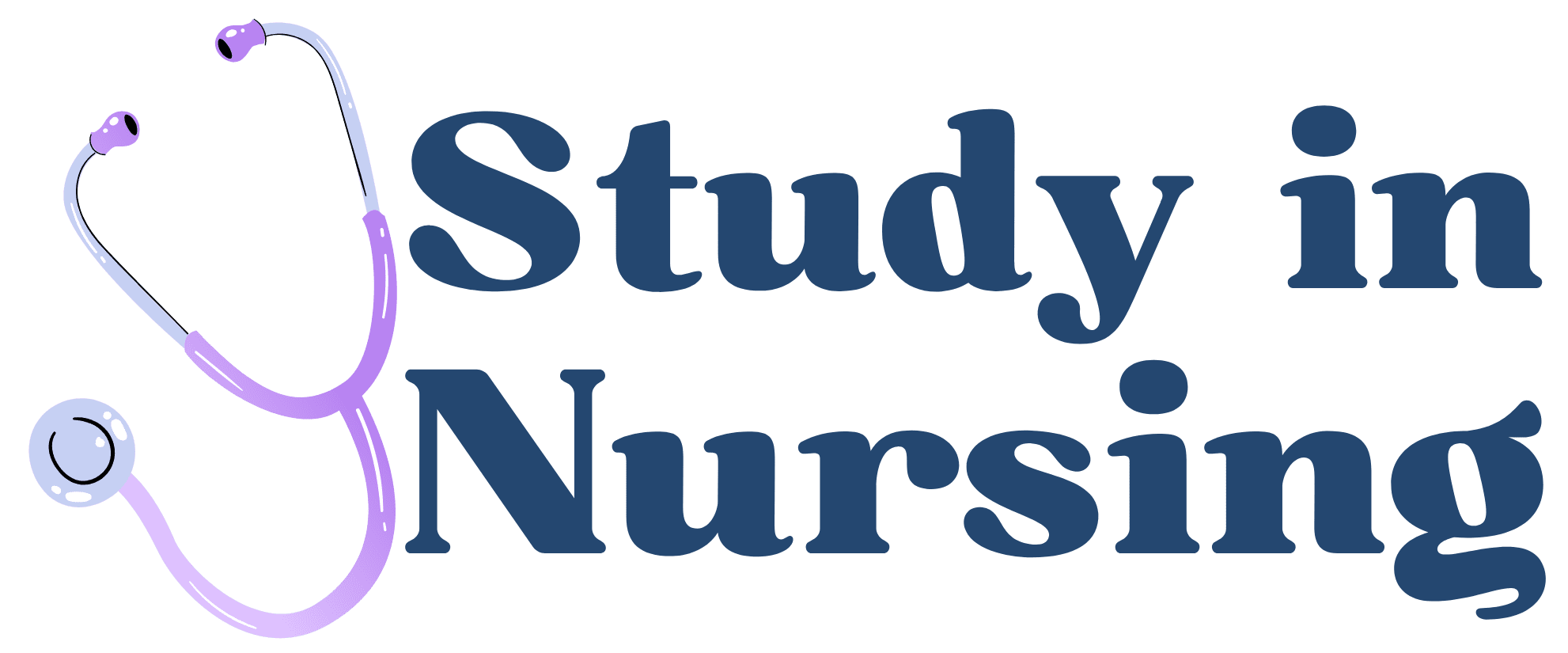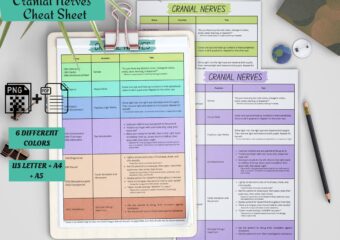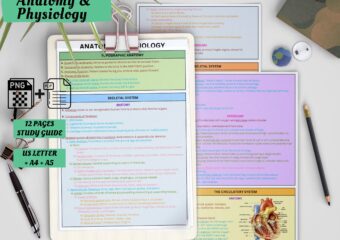Is Human Anatomy and Physiology Hard?
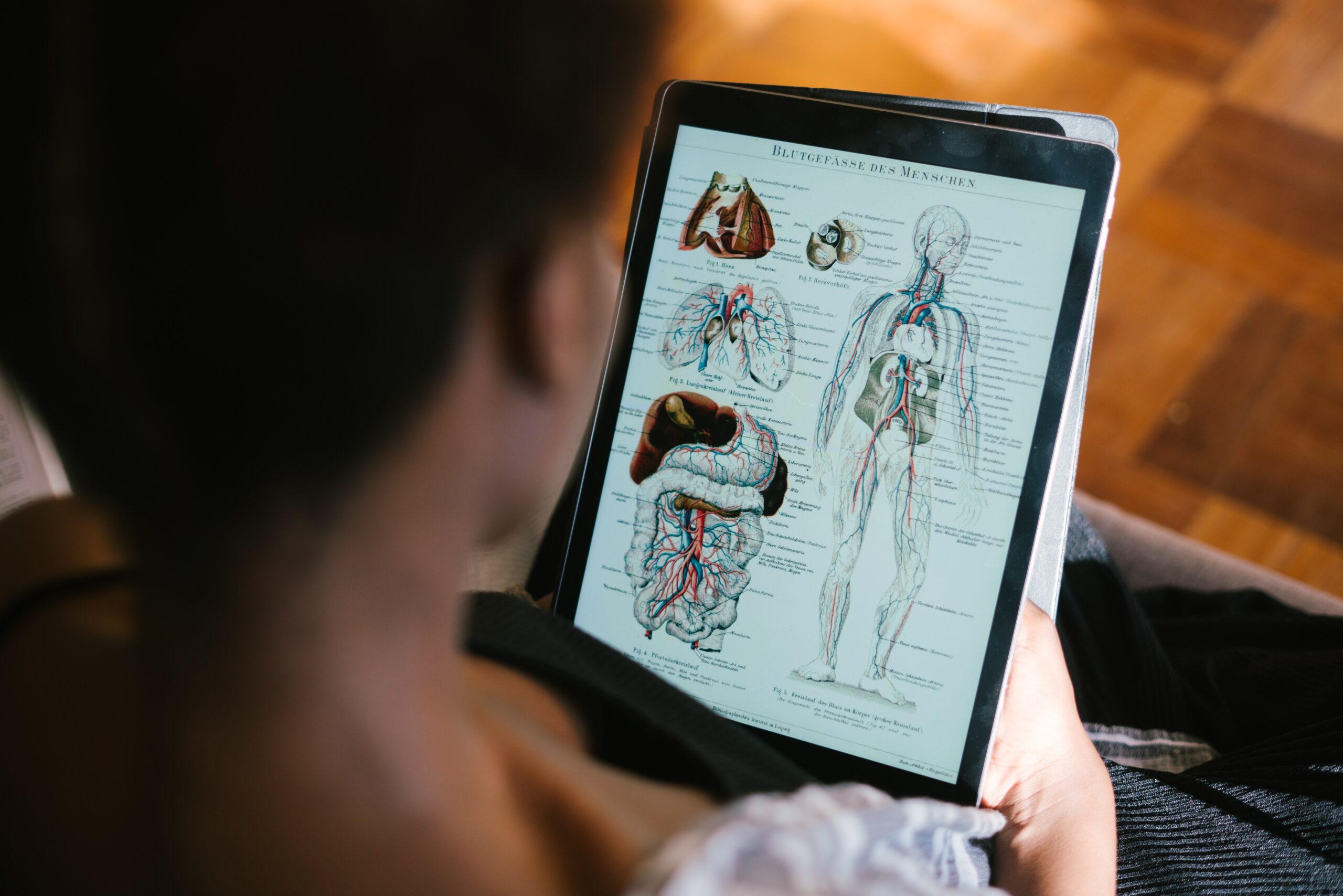
- How To Write Therapy Progress Notes For Mental Health (Without Drowning in Paperwork) - November 30, 2025
- How to create SMART Goals in Therapy - October 8, 2024
- MICU vs SICU: What is the difference? - March 25, 2024
Human Anatomy and Physiology, at their core, are the scientific studies of the body’s structure and function respectively. Anatomy deals with the physical arrangement of body parts, while physiology delves into understanding how these parts work together to maintain life. Both these disciplines are the foundation of medical and health sciences.
The knowledge of human anatomy and physiology is indispensable in various fields. It serves as the basis for practicing medicine, nursing, physiotherapy, and even sports science. It’s crucial for understanding disease processes, developing treatment plans, and improving human health and performance.
Understanding the Complexity of Human Anatomy and Physiology
The human body, a marvel of biological engineering, is a complex system that operates on multiple levels of organization. It starts at the smallest, almost invisible units – atoms and molecules. These are the building blocks for cells, which represent the most basic units of life. Cells of similar type come together to form tissues, which are specialized to carry out specific functions. For instance, muscle tissue is designed for contraction, while nervous tissue facilitates communication within the body.
Different types of tissues then combine to form organs, each with a unique function and structure. The heart, for example, is primarily composed of muscle tissue, allowing it to pump blood throughout the body. Organs do not function in isolation but are part of larger systems, or organ systems, that work collectively to keep us alive and healthy. The cardiovascular system, for instance, includes not just the heart, but also the blood vessels and the blood itself, working in unison to deliver oxygen and nutrients to every cell of the body.
Considering the human body’s complexity, it’s no surprise that anatomy and physiology have been subdivided into multiple branches to facilitate a more detailed and focused study. For example, histology looks at tissues at a microscopic level, while embryology studies the development of an organism from the fertilization of the ovum to birth. In physiology, you’ll find specializations like neurophysiology, which examines how the nervous system functions, or endocrinology, the study of hormones and how they control body functions. Each of these subdivisions provides a deep dive into a particular aspect of human biology, offering a more comprehensive understanding of how the body works.
The relationship between anatomy (the study of structure) and physiology (the study of function) is a fundamental concept in these fields. The principle of “form follows function” suggests that the shape and structure of a biological entity is intimately tied to its role or purpose. For example, the long, slender shape of nerve cells (neurons) enables them to transmit signals over long distances, while the flattened and thin structure of lung alveoli facilitates efficient gas exchange. By understanding the structure of a part of the body, we can gain insights into its function, and vice versa. This interplay between anatomy and physiology is key to unraveling the complexities of the human body.
Why is Human Anatomy and Physiology Considered Hard?
The enormity of information one must assimilate in the study of human anatomy and physiology is immense. Consider that there are approximately 37.2 trillion cells in the human body, all of which can be categorized into hundreds of different types, each with a unique function. Then there are 206 bones and 79 organs, each with its own name, structure, and function. Beyond that, the body is composed of numerous systems – the circulatory, respiratory, digestive, nervous, and more – each with its own set of organs working in harmony to support life. The amount of detail that must be learned, understood, and remembered can be overwhelming, making these subjects daunting for many students.
Beyond the sheer volume of information, the complexity of the human body’s structure and functions adds to the challenge. Consider the intricacies of the human brain, with its estimated 86 billion neurons, each making thousands of connections, forming a network more complex than any supercomputer. Or consider the cardiovascular system, which must pump blood efficiently to all parts of the body, adapting constantly to the body’s changing needs. Understanding such complex processes requires a high level of critical thinking and comprehension, making the subject matter challenging.
The necessity of understanding and remembering specific medical terminologies also makes the study of human anatomy and physiology challenging. These terms, often derived from Latin and Greek roots, are used to precisely describe body parts, functions, diseases, and procedures. For example, the term “myocardial infarction” might sound intimidating, but it’s simply the medical term for a heart attack. Learning this language of medicine is essential for effective communication in health sciences, but it can present a steep learning curve for students.
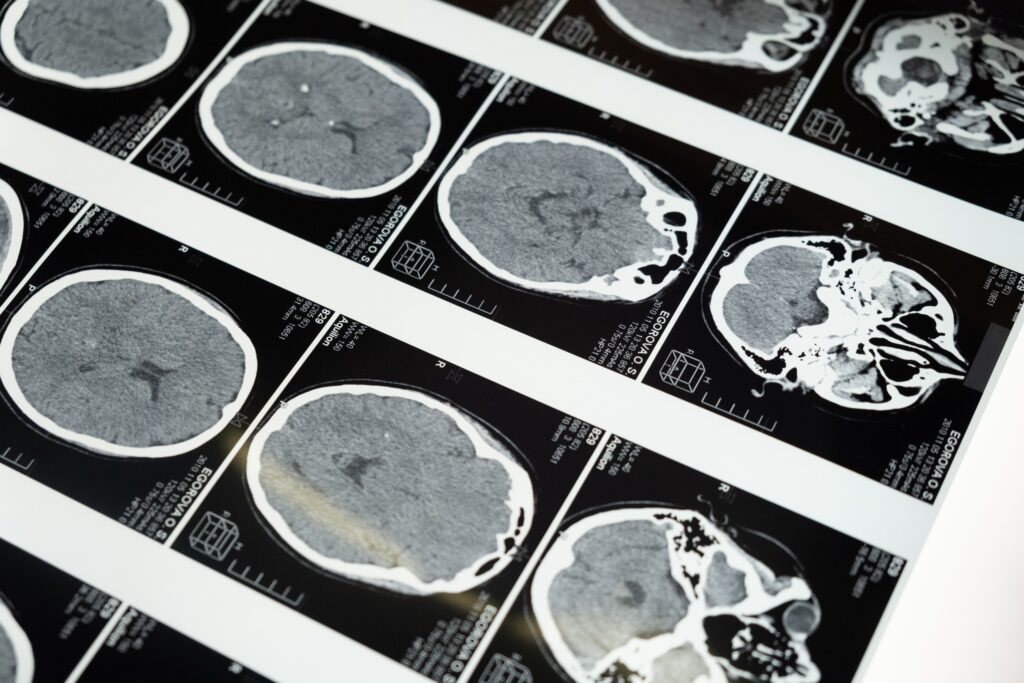
What To Know Before Studying Anatomy And Physiology?
Before embarking on the journey to explore human anatomy and physiology, there are several foundational concepts and skills that can prepare you for the intricacies of these disciplines.
A fundamental understanding of biology is crucial. This includes a grasp of basic biological concepts, such as the cell theory (the idea that all living organisms are composed of cells), genetics (how traits are passed from generation to generation), and evolution (how species change over time). Understanding these concepts will provide a basis for the more specific and detailed study of human anatomy and physiology.
Chemistry is another important precursor to studying anatomy and physiology. Many processes in the human body, including digestion, respiration, and cell metabolism, are essentially chemical reactions. Having a solid understanding of basic chemistry concepts, such as atomic structure, chemical bonding, acids and bases, and the nature of organic molecules, can greatly aid in understanding these physiological processes.
Familiarity with basic medical terminology is immensely helpful when studying anatomy and physiology. Much of the language used in these fields is derived from Latin and Greek roots, prefixes, and suffixes. For example, understanding that “cardio-” refers to the heart, “neuro-” to nerves, “-itis” means inflammation, and “-logy” refers to the study of, can help students decipher complex medical terms. Understanding this language can make the vast amount of new information more manageable and less intimidating.
It’s also worth noting that while these subjects can certainly provide a strong foundation for studying anatomy and physiology, the most important prerequisites are curiosity and a willingness to learn. The human body is a fascinating and complex machine, and understanding it requires a sense of wonder and a readiness to delve into its mysteries.
Strategies to Successfully Study Human Anatomy and Physiology
In order to successfully navigate the complexities of human anatomy and physiology, several strategic approaches can be employed.
One method involves the active engagement with the material. This goes beyond simply reading a textbook; it includes activities such as drawing diagrams to visualize structures, making flashcards to remember specific terms, or teaching the concepts to someone else. This type of active learning cements the information in the brain, making it easier to recall later. Breaking down complex processes into smaller, more manageable steps can also be a valuable strategy for understanding the intricacies of physiological processes.
Practical, hands-on experience is another effective strategy for learning anatomy and physiology. This could involve dissections in an anatomy lab, where students can physically explore the structures they are learning about. In physiology, this could involve laboratory experiments, such as measuring heart rate or lung capacity, to understand the concepts in a real-world context. These practical experiences help to consolidate theoretical knowledge, making it more meaningful and easier to remember.
How Can You Make Human Anatomy And Physiology Class Easier?
To make human anatomy and physiology classes more manageable, it’s essential to develop consistent study habits. Rather than cramming before an exam, regular, short study sessions can enhance long-term retention of information.
Utilizing a variety of resources can also be beneficial. In addition to textbooks, there are numerous online resources, including instructional videos, interactive quizzes, and forums where you can ask questions and discuss concepts with fellow students.
Mnemonic devices can be invaluable for remembering complex terms or processes. For instance, the phrase “Never Let Monkeys Eat Bananas” can help remember the order of white blood cells abundance (Neutrophils, Lymphocytes, Monocytes, Eosinophils, Basophils).
Lastly, don’t hesitate to ask for help when concepts are unclear. Professors, tutors, and classmates can offer different perspectives or explanations that can help you understand the material better.
Conclusion
The study of human anatomy and physiology can indeed be challenging due to the complexity and vastness of the material. However, with a solid foundational knowledge, active learning strategies, a variety of learning resources, and consistent study habits, these subjects can be made more manageable. Remember that learning is a journey that requires patience and persistence. With time and effort, the intricate details of the human body and its functions can be understood, leading to a deeper appreciation of the marvel that is the human body.
